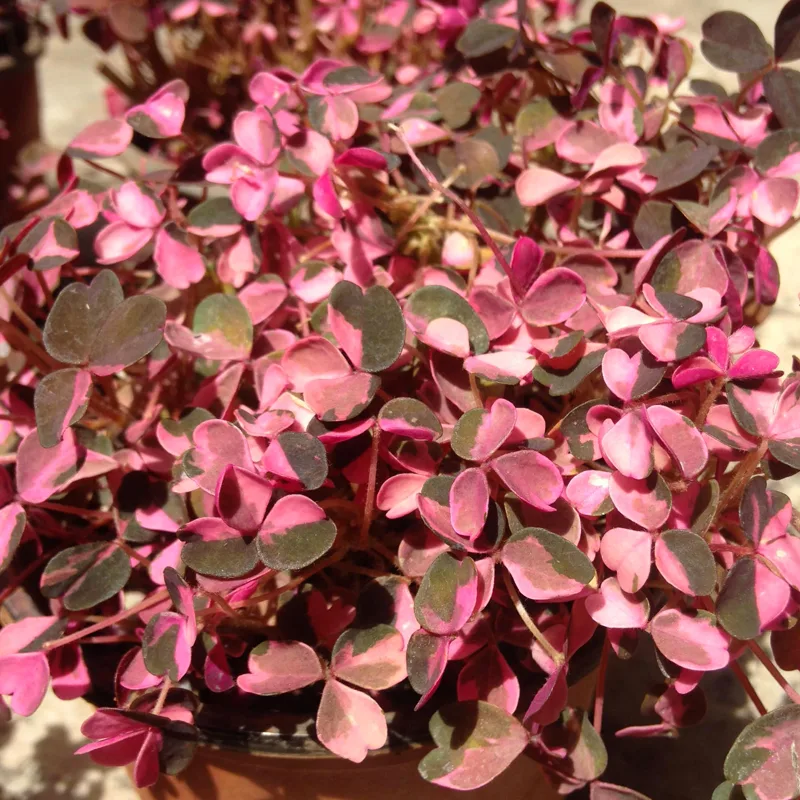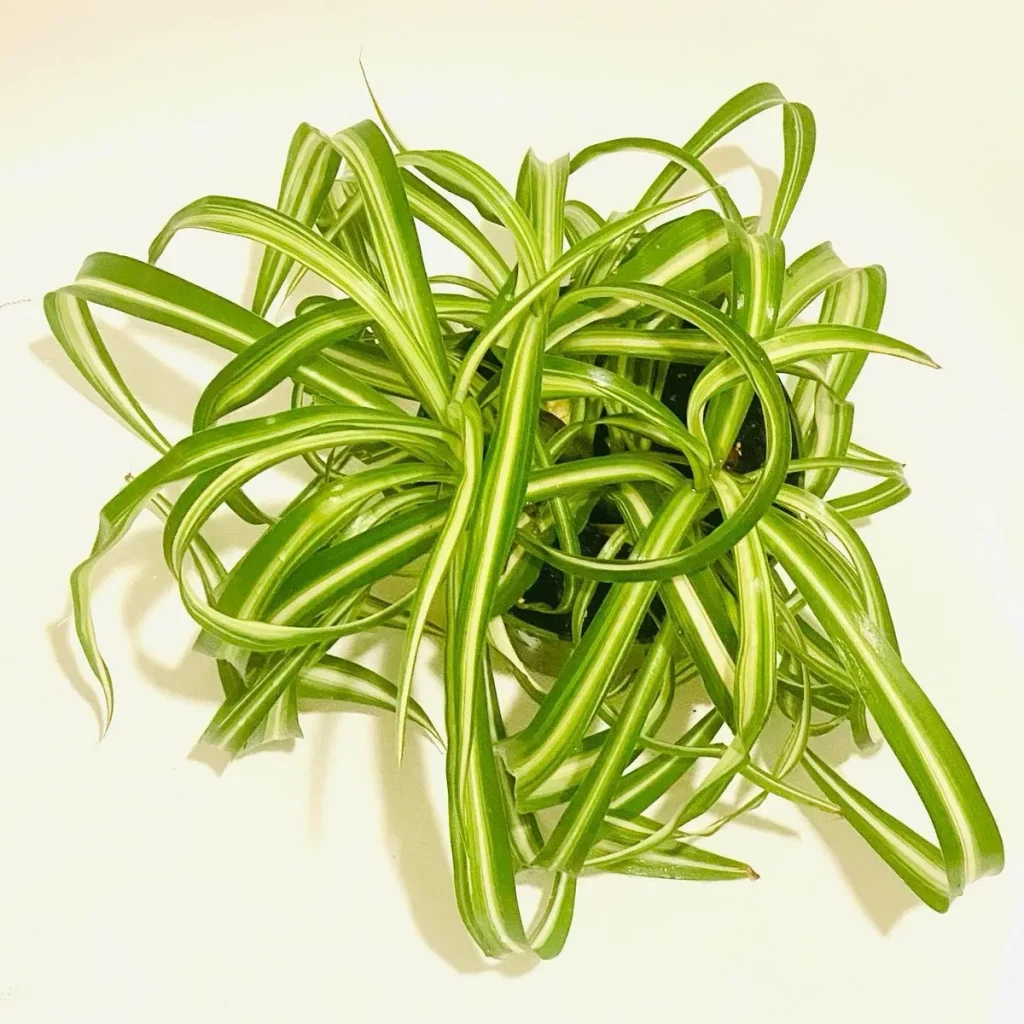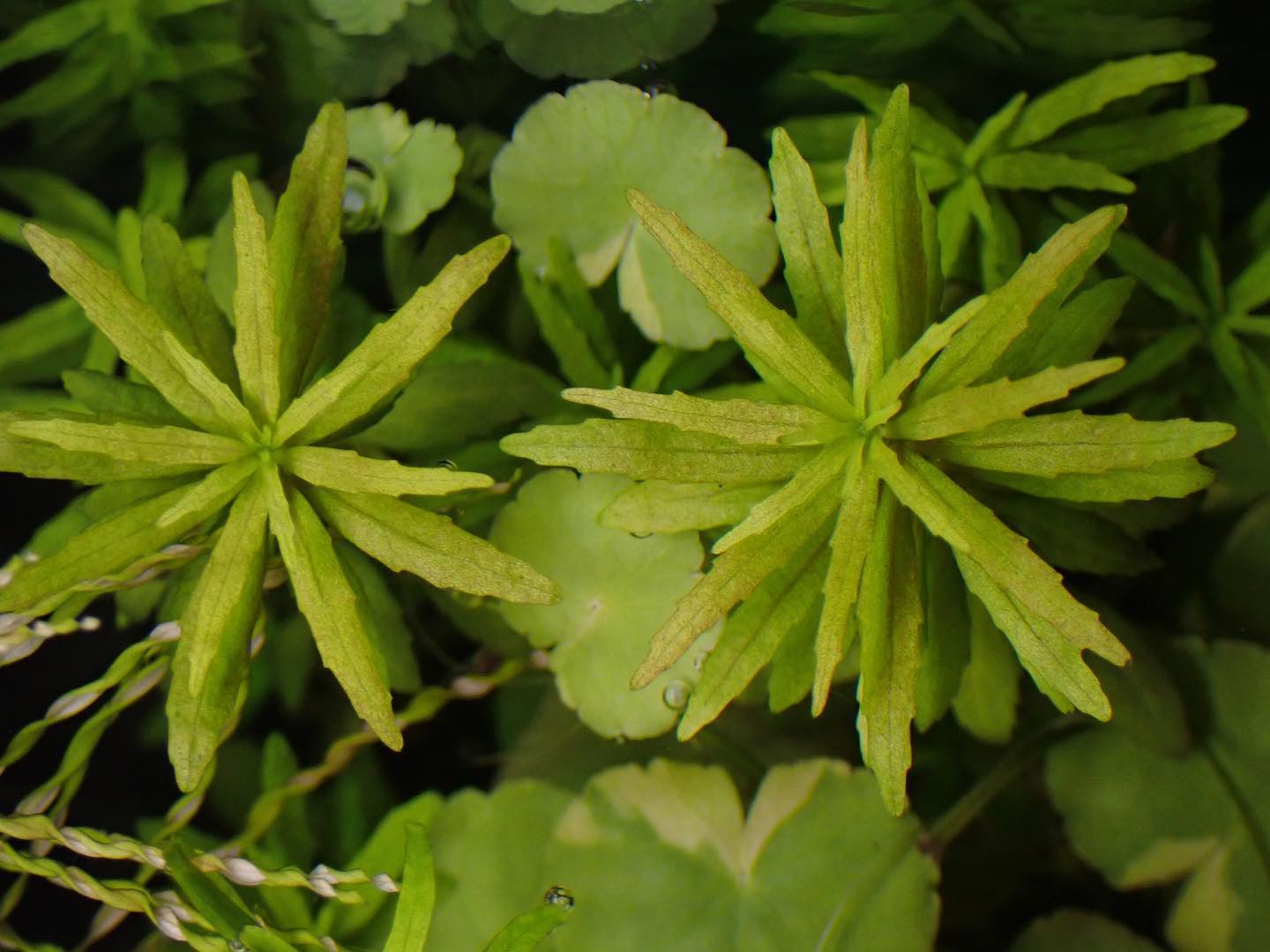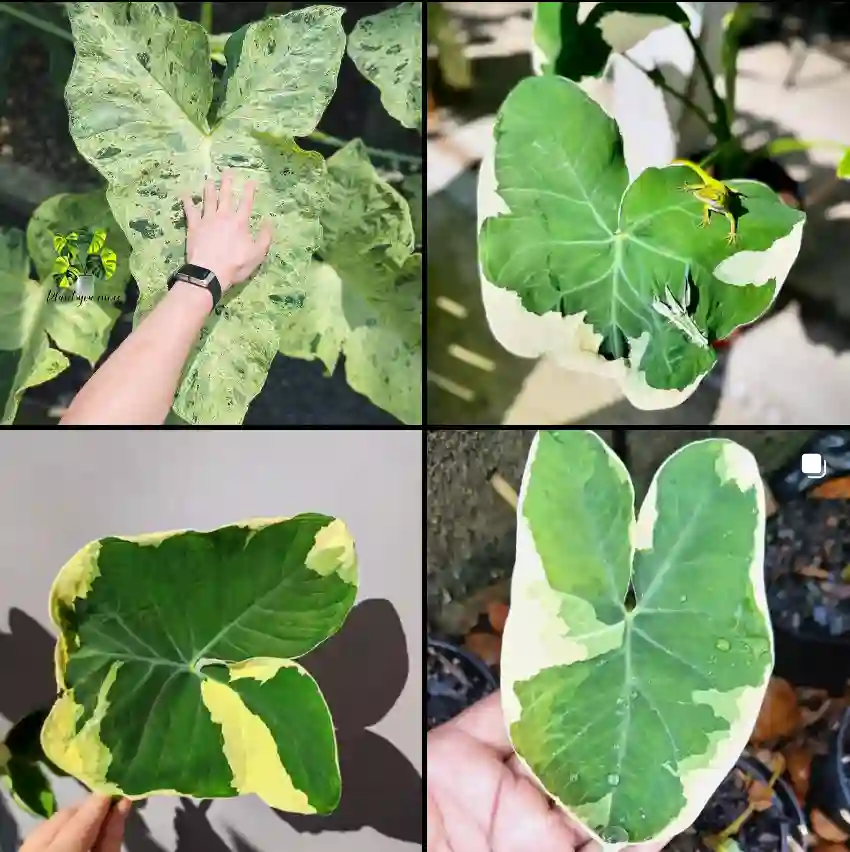FAQs About Rusty Blackhaw Viburnum: A Complete Guide
Rusty Blackhaw Viburnum (Viburnum Rufidulum) is one of those plants that seems to do it all—attractive flowers, berries for wildlife, and stunning fall foliage. Having grown a few myself, I’ve come to appreciate just how versatile and low-maintenance it is. If you’re interested in this viburnum or already have one, you might have a few questions. Below, I’ll cover the most common FAQs about Rusty Blackhaw Viburnum.
206 Species in Genus Viburnum
What is Rusty Blackhaw Viburnum?
Rusty Blackhaw Viburnum is a native shrub or small tree that grows primarily in the southeastern and central United States. It’s known for its rich, dark-green, glossy leaves, white spring flowers, and blue-black berries that attract wildlife in the fall. It’s a perfect plant for anyone looking for a versatile, multi-season interest shrub. Its fall colors can range from yellow to deep red, depending on the conditions.
I personally love the adaptability of Rusty Blackhaw Viburnum. It can be grown as a small tree or left as a large, bushy shrub, making it perfect for different landscaping needs.
What Does Viburnum Rufidulum Look Like?
Viburnum rufidulum boasts stunning features throughout the seasons. In spring, clusters of small, creamy-white flowers add a touch of elegance to your landscape. These blooms are similar to other Viburnum species but can form clusters up to six inches wide, making them quite a showstopper.
Come summer, the vibrant green foliage takes center stage. The leaves have a unique characteristic – a fine covering of reddish-brown hairs on the undersides, earning the plant its nickname “rusty blackhaw.”
Fall brings a delightful transformation. The green leaves transition to fiery shades of orange and red, adding a pop of color to your autumn landscape. But the real stars of the show are the fruits – beautiful clusters of purple or dark blue drupes (fleshy, one-seeded fruits) that mature in mid to late summer. These fruits provide a feast for birds and add a touch of winter interest as they persist on the branches well into the colder months.
How Big Does Viburnum Rufidulum Get?
This shrub-tree typically reaches a mature height of 10 to 20 feet with an equal spread. It can be maintained as a multi-stemmed shrub or trained into a single-trunked small tree, depending on your preference.
Is Viburnum Rufidulum Easy to Grow?
Absolutely! Viburnum rufidulum is a low-maintenance plant that’s well-suited for beginner gardeners. It tolerates a wide range of soil conditions and requires minimal pruning. Just ensure it receives proper drainage and occasional watering, especially during its first growing season.
How Can I Use Viburnum Rufidulum in My Landscape?
With its beautiful flowers, colorful foliage, and attractive fruits, Viburnum rufidulum offers endless possibilities in your landscape design. Here are some ideas:
- Privacy Screen: Plant a row of Viburnum rufidulum to create a natural privacy screen that provides year-round beauty.
- Hedge: This versatile plant can be shaped into a formal hedge for a touch of elegance.
- Specimen Plant: Showcase the unique characteristics of Viburnum rufidulum by planting it as a single specimen in a prominent location.
- Wildlife Habitat: The fruits of Viburnum rufidulum attract a variety of birds, making it a perfect choice for creating a wildlife-friendly garden.
- Pollinator Magnet: The fragrant flowers of Viburnum rufidulum attract butterflies, bees, and other pollinators, contributing to a healthy ecosystem in your garden.
How to Care for Rusty Blackhaw Viburnum?
Caring for Rusty Blackhaw Viburnum is pretty straightforward. In my experience, it thrives in well-drained soil and prefers full sun to partial shade. Once established, it is drought-tolerant, which is a huge benefit for low-maintenance gardeners like me. I also find that it handles a range of soil types, from sandy to loamy, as long as it’s well-drained.
Watering is only a concern during the first few years of establishment. After that, Rusty Blackhaw Viburnum can fend for itself pretty well, needing water only during extended dry spells. It doesn’t require much fertilization, but a balanced, slow-release fertilizer in early spring can help promote better blooms.
How to Propagate Rusty Blackhaw Viburnum?
There are two main ways to propagate Rusty Blackhaw Viburnum—seeds and softwood cuttings. Personally, I’ve had success with both, but softwood cuttings are generally quicker and more reliable.
For cuttings, here’s how I do it:
- I take a cutting in early summer, about 4-6 inches long, from a healthy stem.
- I remove the lower leaves and dip the cut end in rooting hormone.
- Then, I plant it in a pot with a mix of peat and perlite to encourage drainage.
- I cover the pot with plastic to maintain humidity and place it in a shaded area.
- Rooting takes a few weeks, and once roots are established, I transplant the cutting into a larger container.
Seeds can also be used, but they need to go through a cold stratification period before they will germinate. It’s a slower process, so if you want faster results, I’d stick to cuttings.
How to Prune Rusty Blackhaw Viburnum?
Pruning Rusty Blackhaw Viburnum is easy, and it responds well to trimming. I usually prune mine right after it’s done flowering, which is typically late spring to early summer. This timing ensures I don’t accidentally cut off any flower buds that will bloom the following year.
Here’s my pruning method:
- I start by removing any dead or damaged branches.
- Then, I thin out the interior to improve air circulation. This helps keep the plant healthy.
- If you’re growing it as a tree, you’ll want to remove lower branches as it grows to create a single trunk.
- For shrubs, I shape it to keep it compact, making sure not to over-prune. Rusty Blackhaw Viburnum has a naturally graceful shape that I try not to mess with too much.
Where to Buy Rusty Blackhaw Viburnum?
Finding Rusty Blackhaw Viburnum can be a bit of a treasure hunt, depending on your location. I usually find mine at specialized native plant nurseries. I’ve also had success searching online from retailers that specialize in native or wildlife-friendly plants. Before buying, make sure to confirm the size and health of the plant you’re getting, as well as shipping policies if you order online. Prices can range widely depending on the size of the plant, so keep that in mind when shopping around.
Can You Grow Rusty Blackhaw Viburnum Indoors?
Rusty Blackhaw Viburnum is not suitable for growing indoors. It’s a large shrub or small tree that needs ample sunlight, space, and outdoor conditions to thrive. If you’re looking for something to grow indoors, you might want to consider smaller houseplants, as this species prefers an outdoor setting.
Is Rusty Blackhaw Viburnum Toxic?
Rusty Blackhaw Viburnum is generally considered non-toxic to humans and pets. However, while its berries are edible for wildlife, I wouldn’t recommend consuming them yourself without proper knowledge, as they aren’t particularly palatable.
What to Plant with Rusty Blackhaw Viburnum?
One of the great things about Rusty Blackhaw Viburnum is its versatility in the landscape. I often plant it alongside other native shrubs like American Beautyberry or Witch Hazel. Both of these complement Rusty Blackhaw’s seasonal features and create a dynamic, wildlife-friendly garden.
For a more formal landscape, I’ve had success pairing it with perennials like Black-eyed Susans or Coneflowers. Their bright blooms in summer contrast nicely with the viburnum’s dark green foliage.
Does Viburnum Rufidulum Have Any Pests or Diseases?
Viburnum rufidulum is generally pest and disease resistant. However, it’s good practice to monitor for common garden pests like aphids and scale insects. If necessary, you can use organic methods like insecticidal soap to control any outbreaks.
Viburnum Rufidulum vs Prunifolium
In my garden, Viburnum Rufidulum has a charming, understated beauty with its soft, reddish foliage and delicate blooms, whereas Prunifolium stood out with its vibrant, cherry-like flowers and a more pronounced autumn color shift.
Viburnum Rufidulum vs Cornus Florida
I’ve found that Viburnum Rufidulum’s compact size and subtle fragrance make it a great choice for smaller spaces, while Cornus Florida’s bold, showy blooms and impressive branching really command attention in a larger garden setting.
Benefits of Growing Rusty Blackhaw Viburnum
From my experience, the benefits of growing Rusty Blackhaw Viburnum are many. It attracts pollinators like butterflies and bees in the spring, provides food for birds in the fall, and adds beautiful seasonal interest to your garden. It’s also incredibly adaptable, handling different soil types and weather conditions.
Conclusion
Viburnum rufidulum is a charming and versatile plant that offers something for everyone. Its beauty, adaptability, and low-maintenance nature make it a perfect addition to landscapes of all shapes and sizes. So, if you’re looking for a plant that provides year-round interest and supports wildlife, Viburnum rufidulum might just be your perfect match!
If i die, water my plants!



